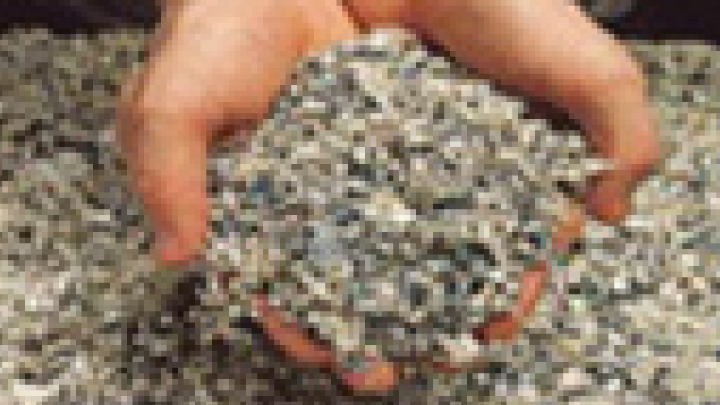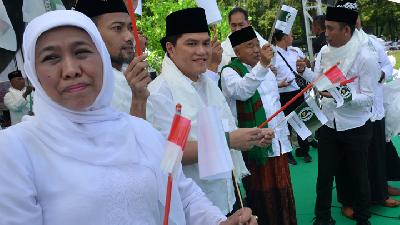Fuel From Trash
Tuesday, February 26, 2019
arsip tempo : 171405635037.

CONSTRUCTION of the Lulut-Nambo (Luna) Regional Waste Management and Processing Site (TPPAS) project on 55 hectares of land in Lulut and Nambo villages, Bogor Regency, West Java, which had been in limbo for 16 years, has resumed. West Java Governor Ridwan Kamil marked the official start of construction work with a groundbreaking ceremony on December 21.
“Hopefully this will become a waste processing model which is more sophisticated and en
...
Subscribe to continue reading.
We craft news with stories.
 For the benefits of subscribing to Digital Tempo, See More
For the benefits of subscribing to Digital Tempo, See More











